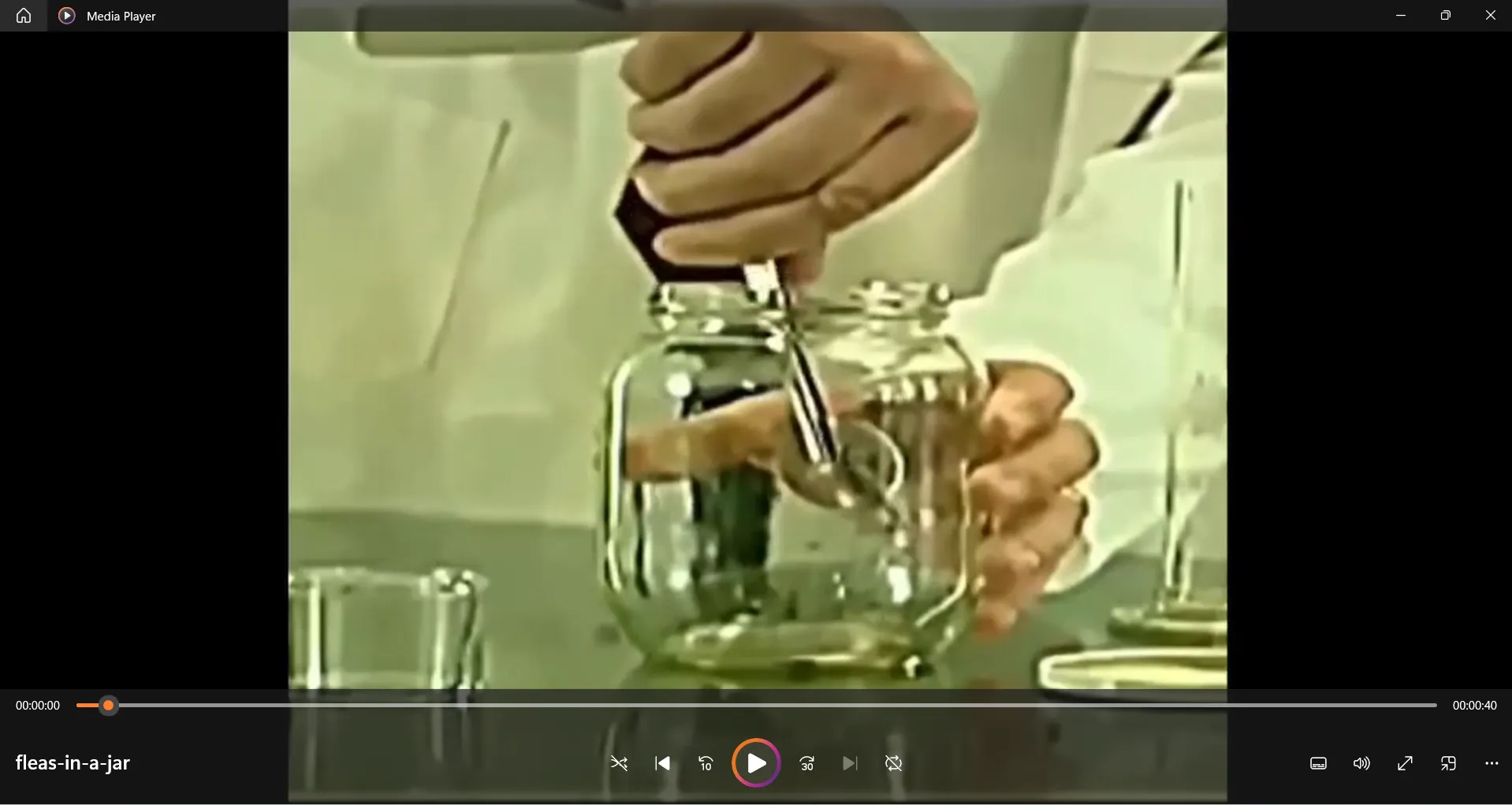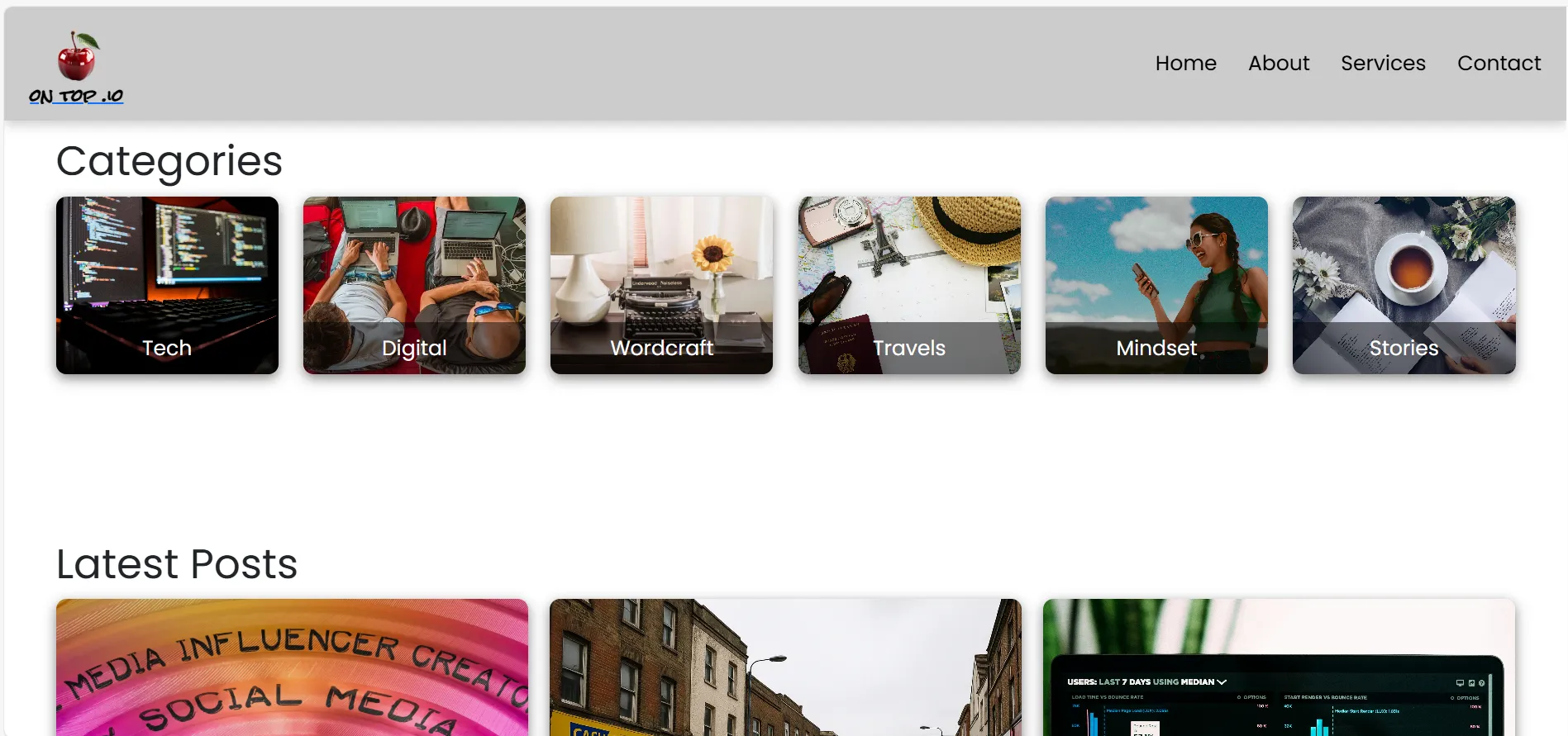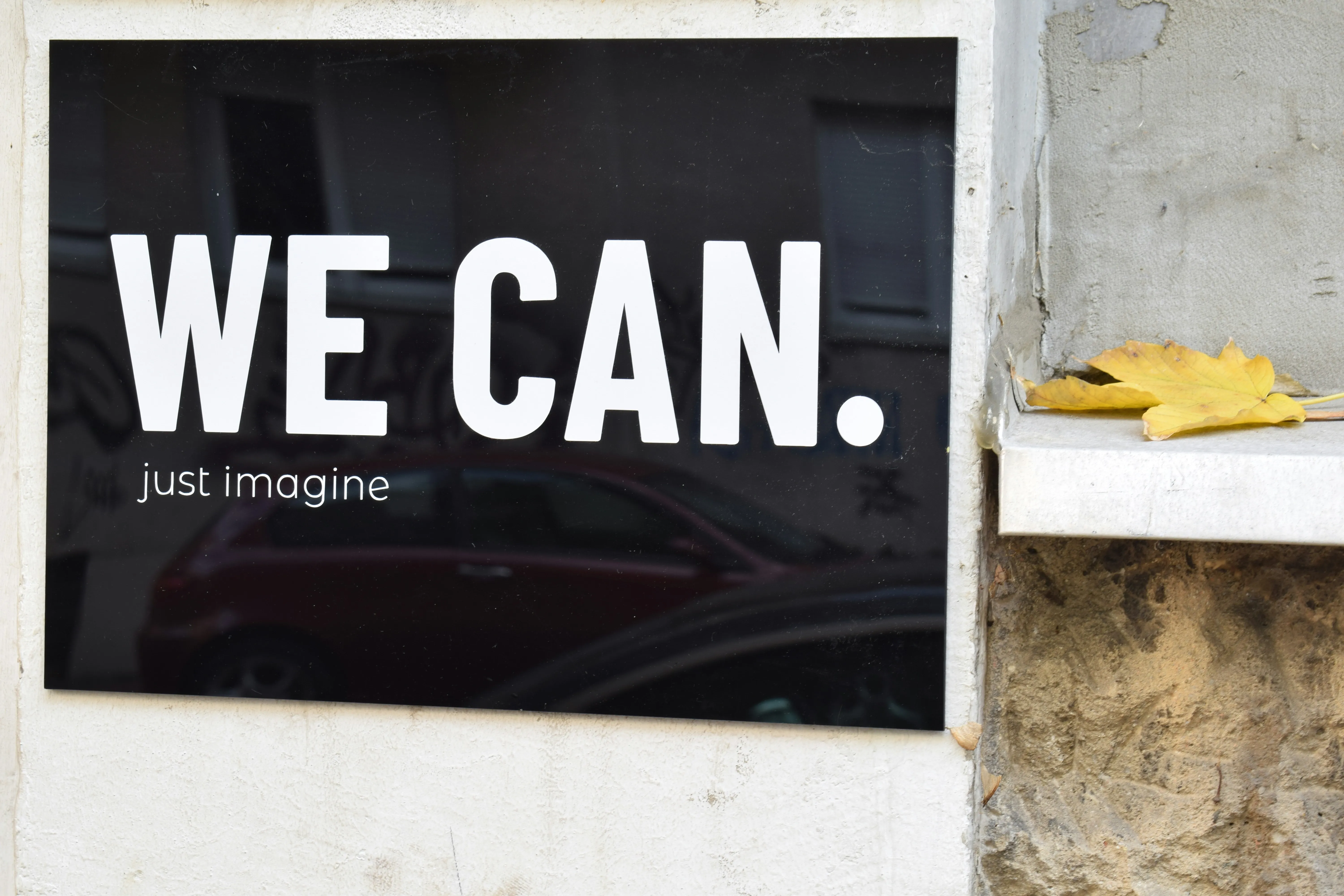There’s a popular story that often circulates on social media, particularly in motivational spaces. It goes like this:
A scientist places a group of fleas into a jar and seals the lid. The fleas, known for their extraordinary jumping ability, begin jumping immediately—only to hit the lid over and over again. After a few days, something strange happens. The fleas stop jumping high enough to hit the lid. They’ve learned to limit themselves. Then, the lid is removed. But the fleas never jump higher than the height of the now-absent lid. Even more remarkably, it’s said that their offspring adopt the same behavior—never attempting to jump beyond the invisible boundary.
While this story is more metaphor than science, it offers a striking illustration of a very real human phenomenon: learned limitation.
The Power of Conditioning
Whether the flea story is scientifically valid (spoiler: it’s not well-documented in entomology), its core idea resonates with how humans often experience the world. Early failures, discouragement, trauma, or limitations imposed by others can shape our internal expectations. Over time, we stop trying. Not because we’re incapable—but because we’ve been conditioned to believe that pushing beyond certain limits leads to failure or pain.
Just like the fleas, we can begin to operate within invisible boundaries. We stop aiming higher. We assume “this is just the way things are.” And tragically, we may pass those beliefs on—intentionally or not—to the next generation.
Recognizing the Lid
The hardest part of breaking free from these invisible limits is realizing they exist. They’re not physical barriers. They’re beliefs. Stories we tell ourselves. Assumptions baked so deeply into our thinking that they feel like facts.
Here are a few examples of common “lids”:
- “I’m just not good with money.”
- “People like me don’t get promoted.”
- “I’m too old to start something new.”
- “Creativity isn’t my thing.”
These aren't facts. They’re learned ideas—limits reinforced by past experiences, cultural messaging, or even well-meaning advice.
How to Break the Jar
If you suspect you're living inside a metaphorical jar, here are a few steps to begin the escape:
- Identify limiting patterns. Where are you playing small? What areas of your life feel stuck? Where do you consistently hold back?
- Question your assumptions. Ask yourself: Is this objectively true, or just something I’ve come to accept?
- Start testing the boundaries. You don’t have to leap; just stretch. tart by pushing slightly beyond your comfort zone.
- Surround yourself with "lid-breakers." Seek out people who challenge their limits—and yours. Environment matters.
- Reflect often. Growth isn't just about action, but awareness. Keep asking, Where am I operating under an old ceiling that no longer exists?
You Are Not a Flea
The flea story sticks because it’s simple, visual, and relatable. It taps into a truth: our mindset can trap us more effectively than any physical barrier. But here’s the truth: you are not a flea. You have consciousness, self-awareness, and the ability to question your limits. You can choose to try again. You can rewrite the story.
The jar may be gone. The lid may have been lifted years ago. The only thing keeping you jumping low... might be a belief that it’s still there—unless you choose to challenge it.
But remember— you are not a flea. You have the capacity for self-reflection, for growth, for rewriting your story.
Your potential isn’t capped by your past.
Don’t let invisible lids define your future.
Break the jar.
Jump higher.
Teach the next generation to fly, not crouch.
⚠️ Disclaimer: The Flea in a Jar Video Is a Metaphor, Not a Scientific Fact
While this story is widely shared, especially in motivational content, it is not supported by scientific evidence. There are no peer-reviewed studies or verified experiments that confirm fleas behave this way—nor that behavioral limitations like this are passed biologically to offspring in insects.
In reality:
- Fleas are simple organisms without the complex learning or social transmission mechanisms required to "teach" future generations.
- Behavior like this would require cognitive conditioning and generational memory, which is not how flea biology works.
- The story is more accurately classified as a metaphorical fable—similar to the tale of the baby elephant tied with a rope who grows up never trying to break free.
So, while it’s not factual in a scientific sense, the power of this story lies in its symbolism, not its literal accuracy.




